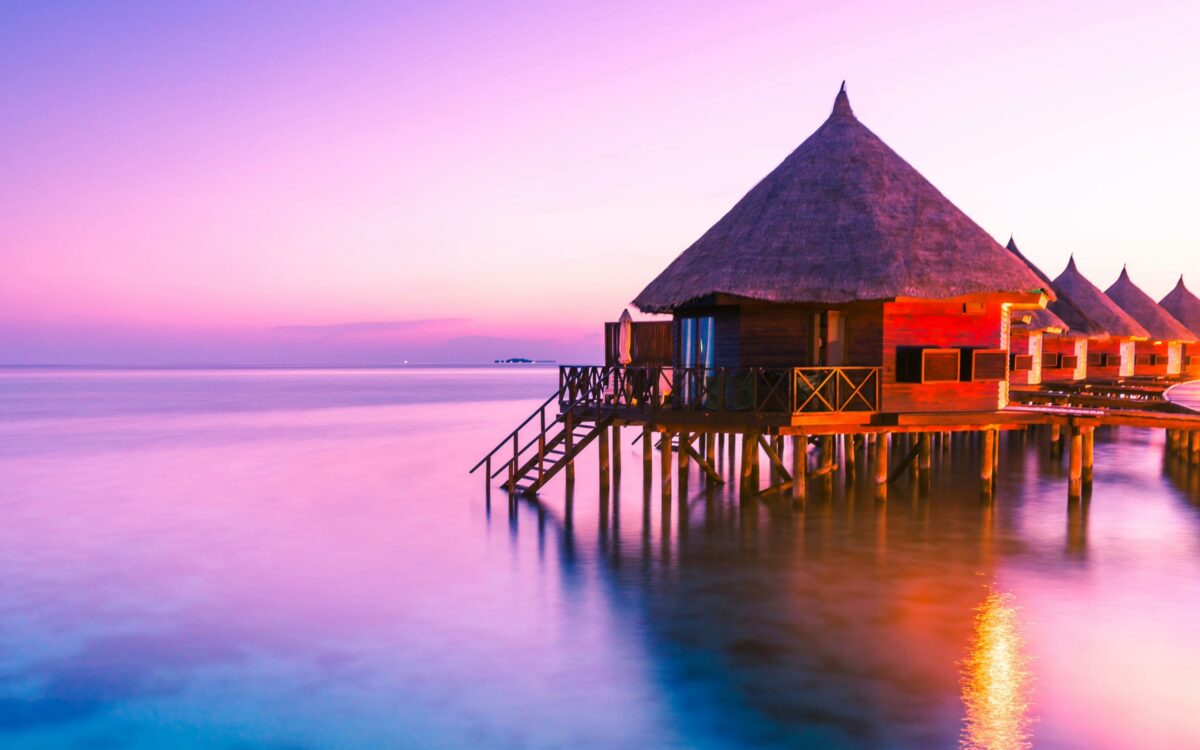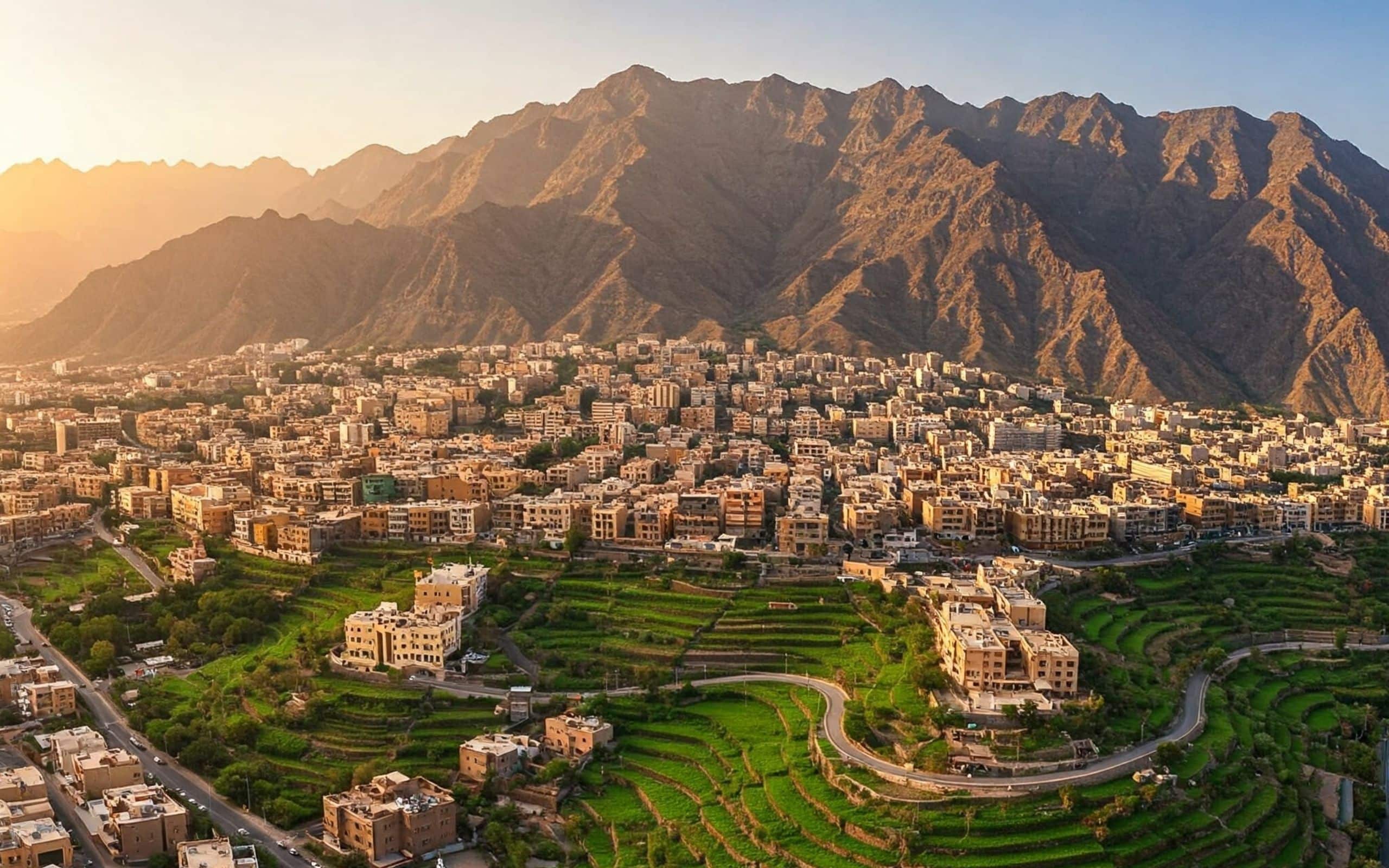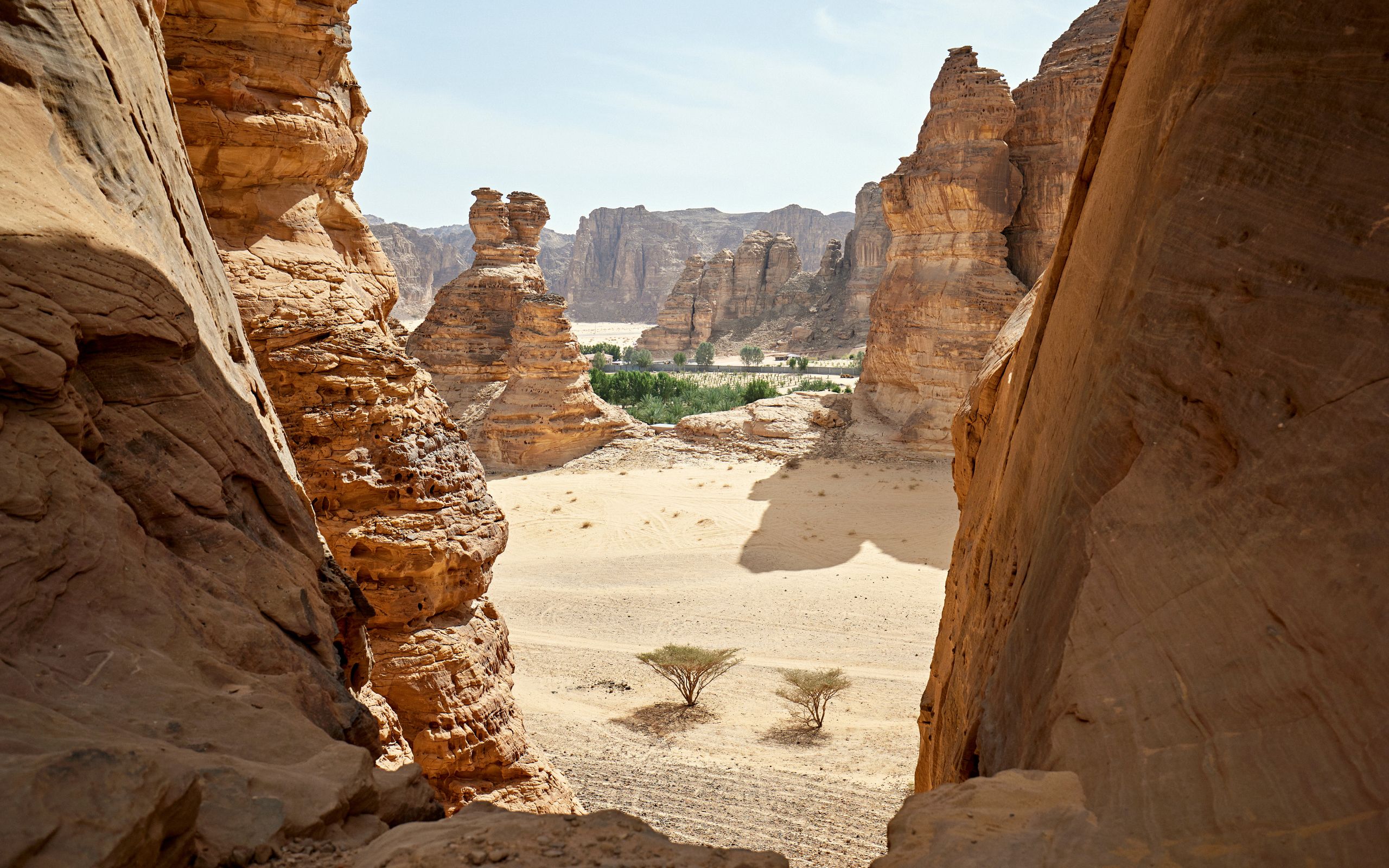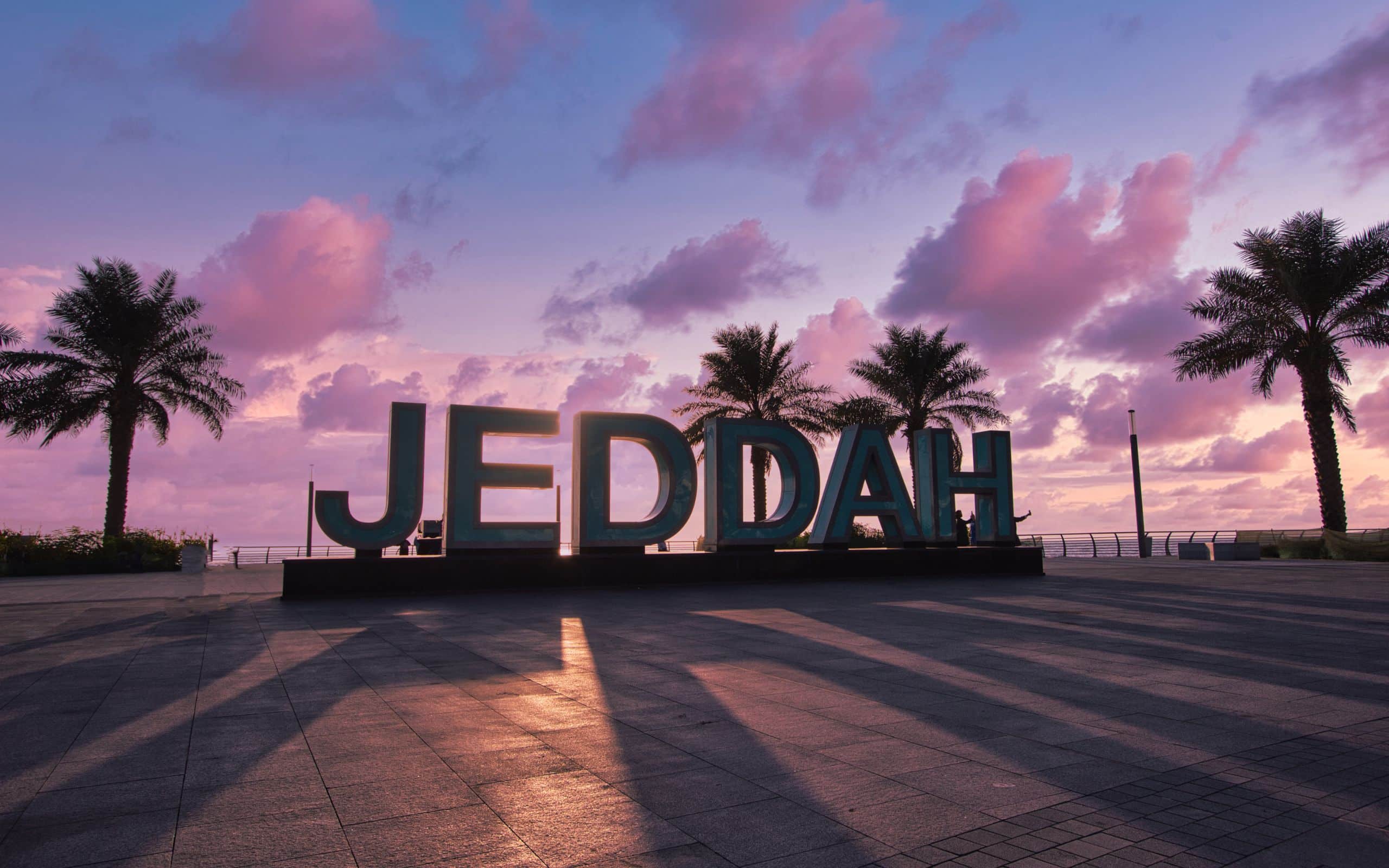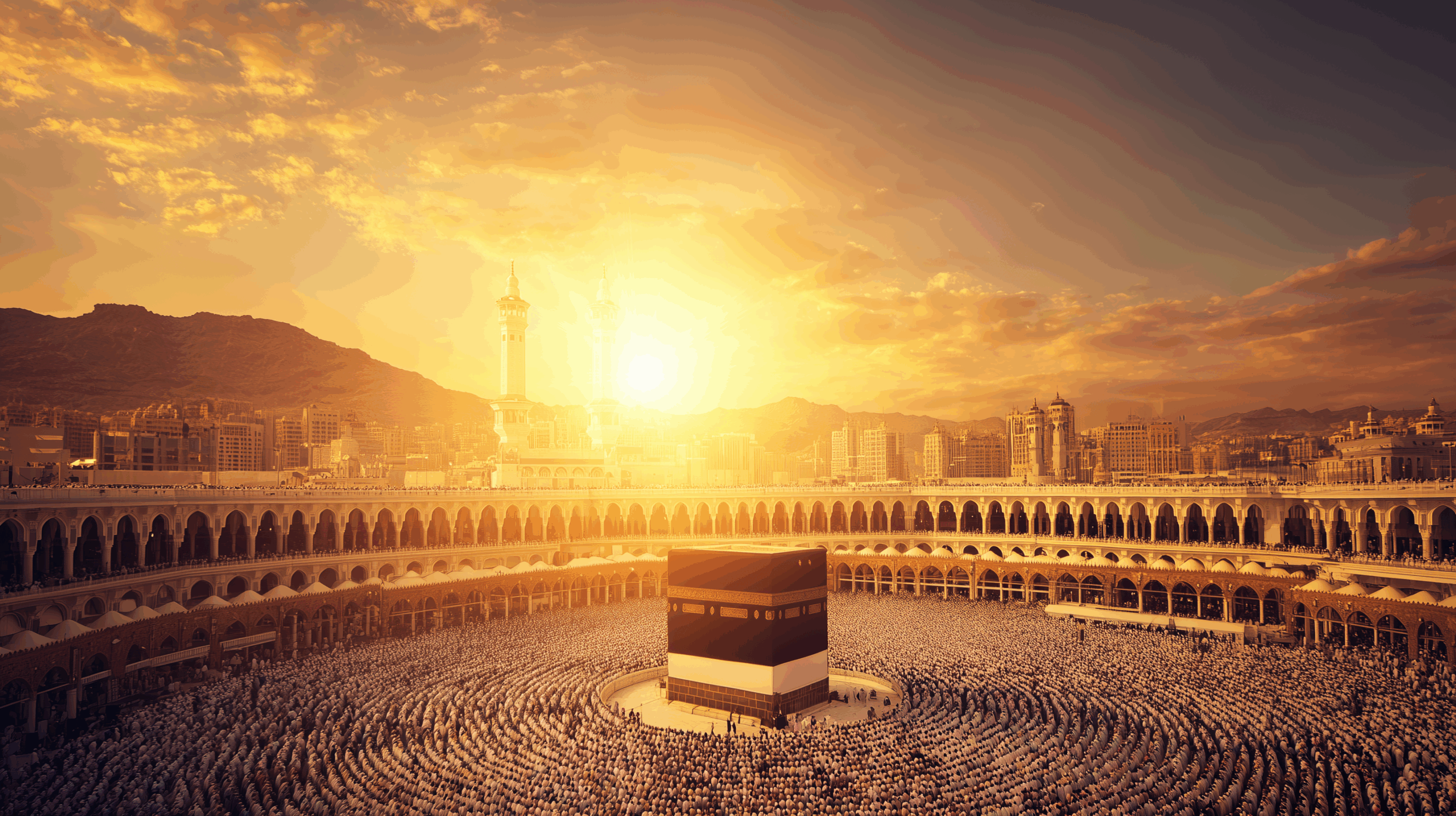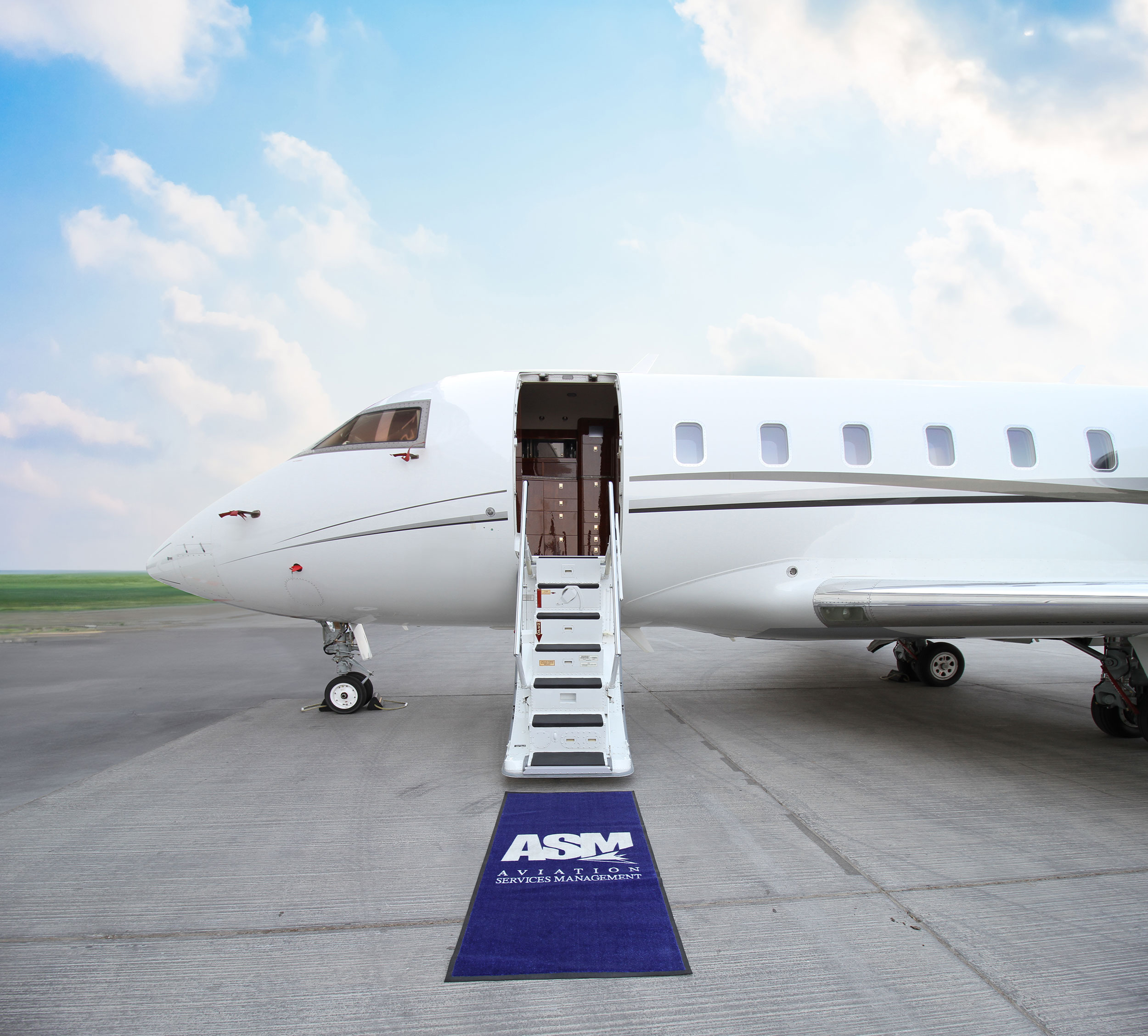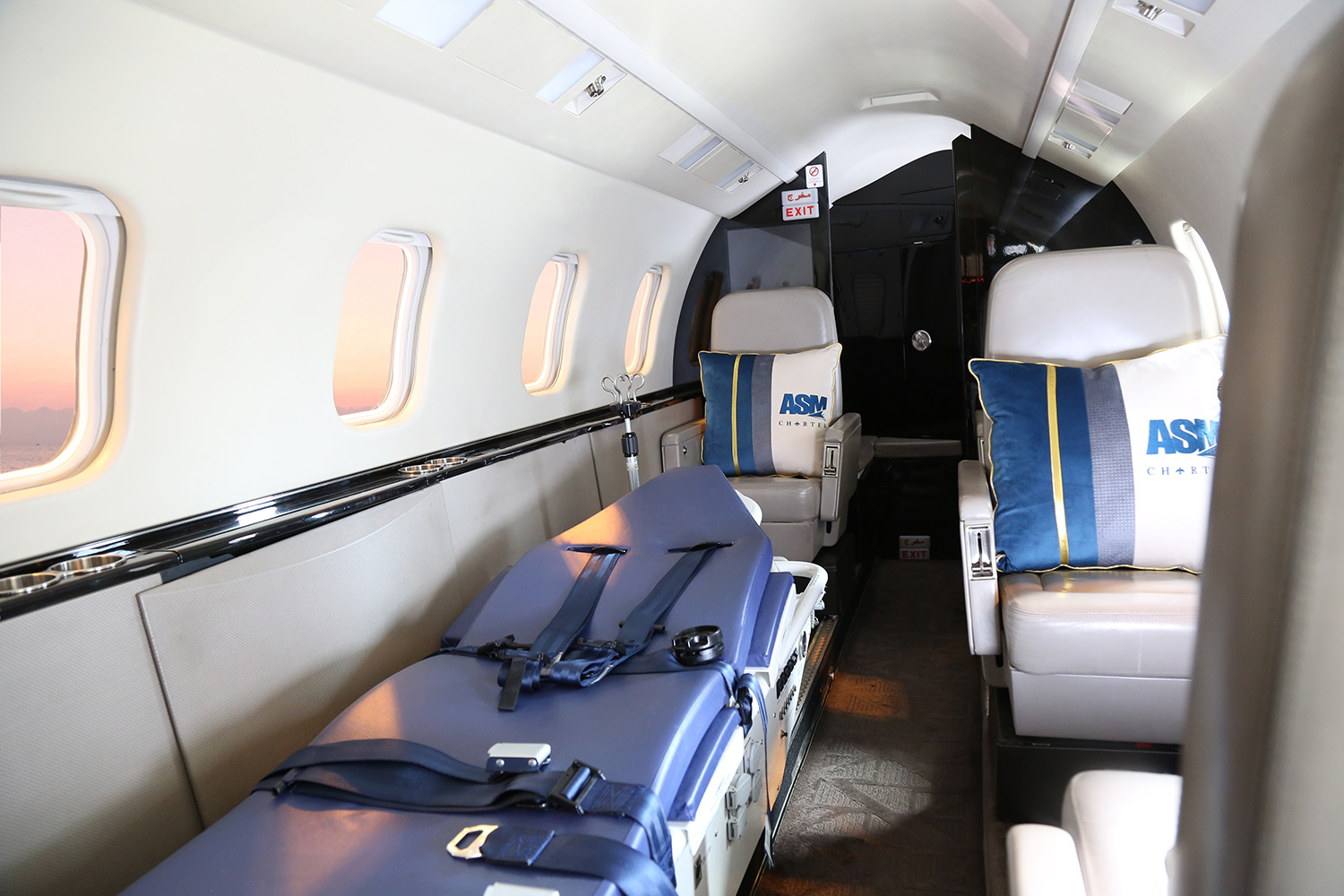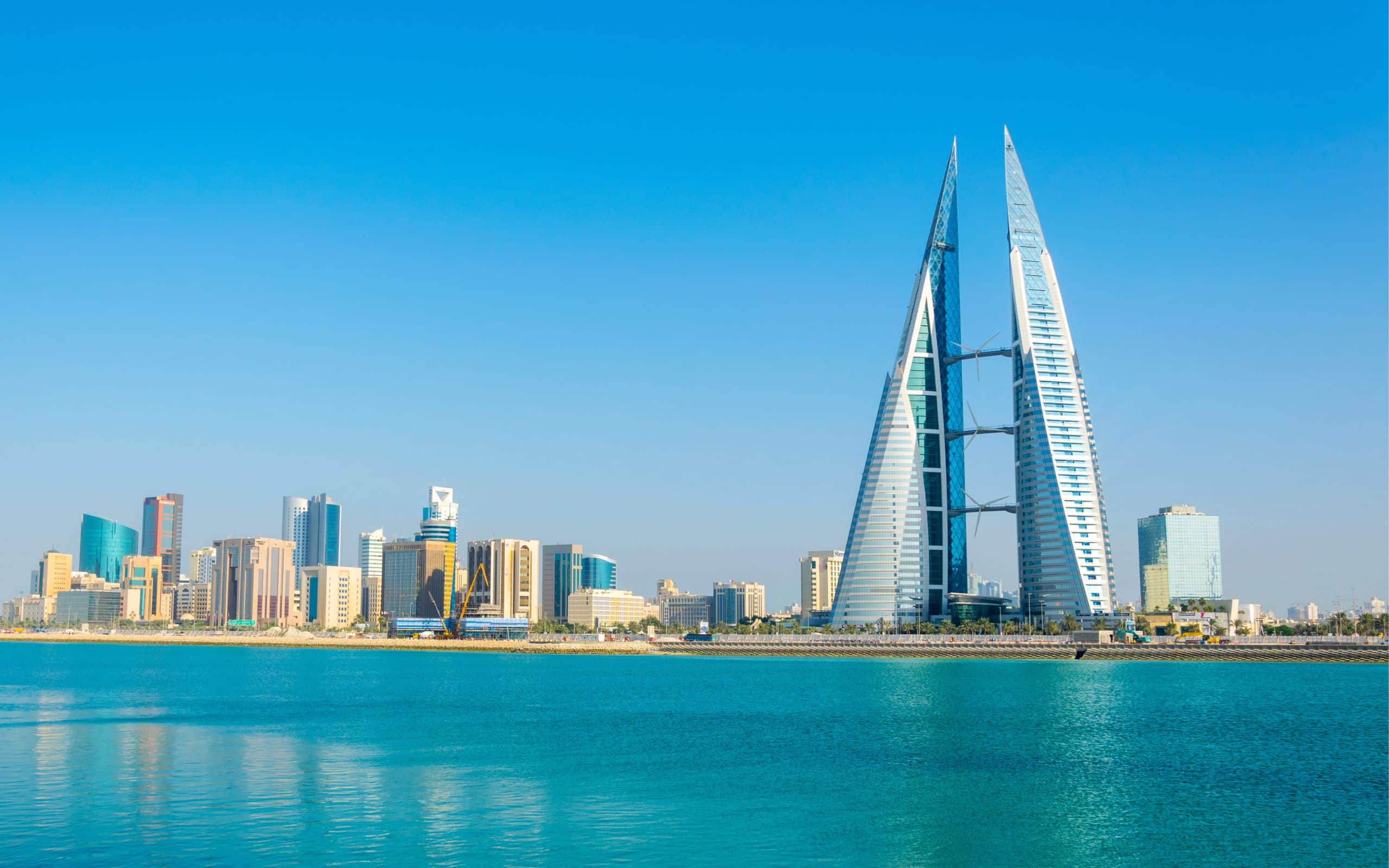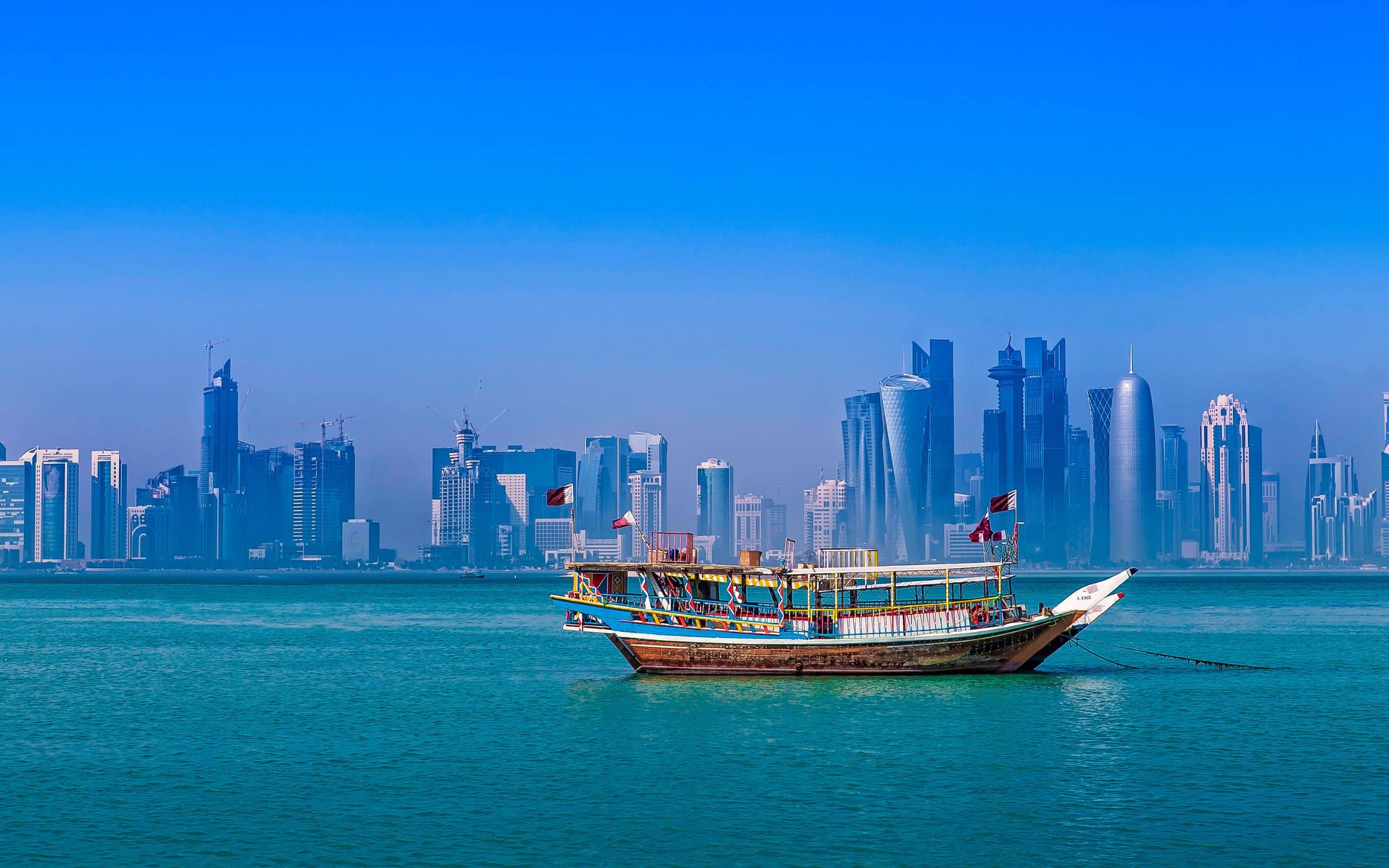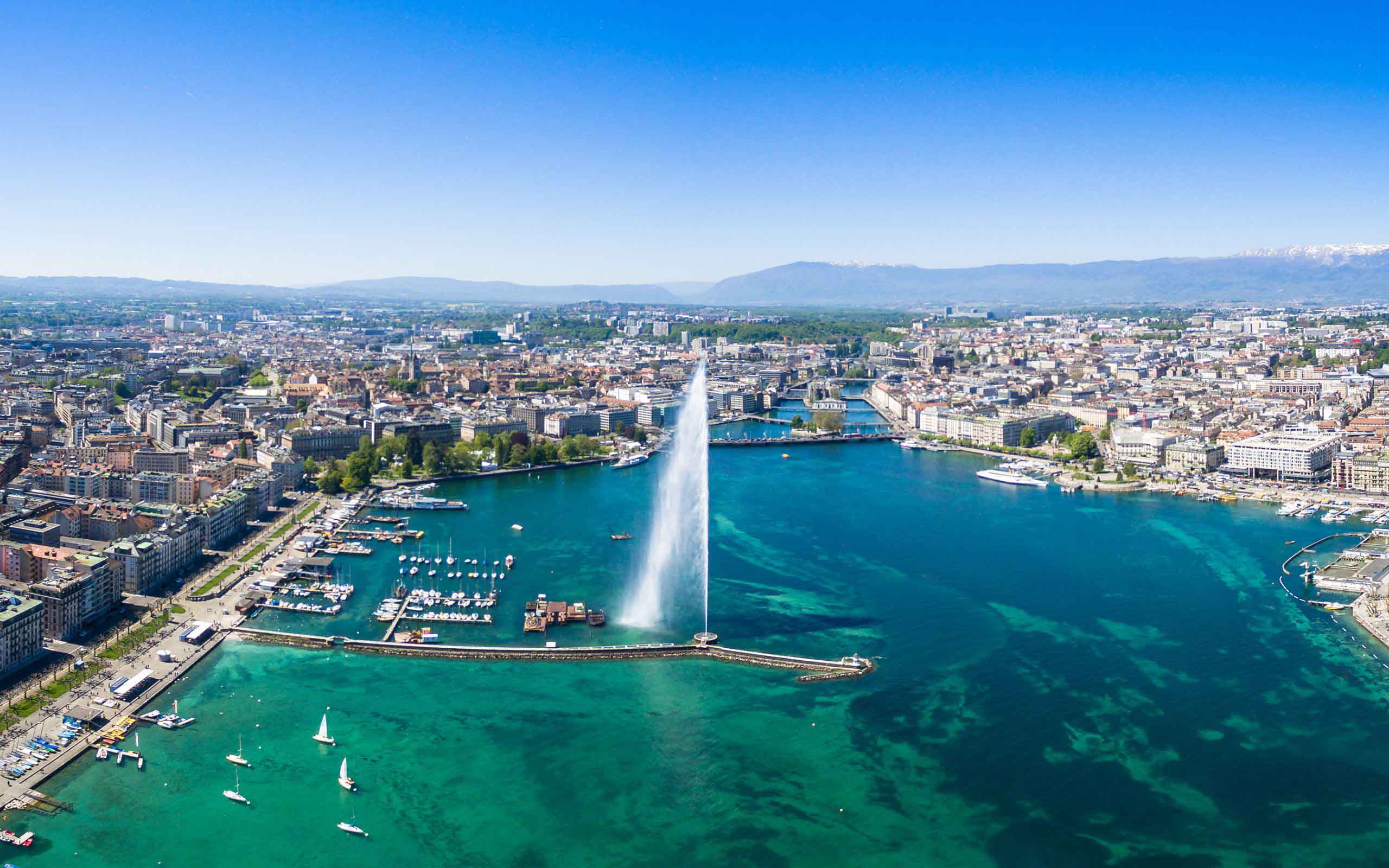Located in the heart of the Indian Ocean, North Male Atoll in the Maldives offers a unique blend of natural beauty and luxurious charm. This atoll, known for its stunning collection of about 50 islands, provides visitors with picturesque beaches and vibrant marine life. North Malé Atoll is where the Maldives first launched its tourism, making it a historic and sought-after destination.
Table of Contents

Travelers can find both tranquil retreats and modern resorts, offering an array of activities and accommodations. Whether seeking adventure like diving among colourful reefs or simply unwinding in a serene setting, this island chain caters to a variety of preferences. The atoll not only holds Velana International Airport but also serves as a gateway to the rest of the Maldives.
With its luxurious resorts and proximity to the capital, North Malé Atoll stands out as a premier destination in the Maldives. Visitors are drawn to its blend of relaxation and convenience, making it a compelling choice for an unforgettable escape.
Geographical Overview

North Malé Atoll, part of the Kaafu Atoll, is characterized by its unique blend of inhabited and uninhabited islands and natural reefs, offering diverse landscapes and marine environments. The atoll forms a significant administrative division in the Maldives, featuring both bustling urban centres and serene, untouched surroundings.
Island Composition: North Male Atoll Islands
North Malé Atoll comprises various islands offering diverse environments. While 26 of these islands are currently inhabited, others remain undeveloped, providing natural habitats for wildlife and pristine beaches. Among the inhabited islands is Malé, the capital city of the Maldives, which serves as a hub for travel and commerce.
The atoll hosts a range of luxury resorts and budget accommodation options, catering to different types of travellers. Additionally, several islands are dedicated to facilitating tourism, playing a vital role in the Maldivian economy. The atoll’s combination of developed and natural islands makes it a key tourist destination, known for its hospitality, culture, and natural beauty.
North Male Atoll Islands Atoll Formation
The formation of North Malé Atoll is a result of complex geological processes involving coral reefs and volcanic activity. The atoll, like much of the Maldives, is formed on a coral reef plateau, providing essential marine biodiversity and exceptional diving spots. This unique formation supports various marine species and ecosystems, making it a global attraction for diving enthusiasts.
North Malé Atoll is part of the larger Kaafu Atoll administrative division. Being centrally located, it is significant for both its ecological and economic contributions to the Maldives. The surrounding reefs also play a crucial role in protecting the islands from oceanic currents, contributing to both ecological stability and the livelihoods of local communities.
Historical Significance: North Male Atoll Islands
North Malé Atoll holds an important place in the history of the Maldives, with key landmarks that illustrate its religious and cultural legacy. The area is home to the historic Hukuru Miskiiy Mosque and the distinctive Islamic Centre, each representing significant aspects of Maldivian heritage.
Hukuru Miskiiy Mosque
The Hukuru Miskiiy Mosque, also known as the Old Friday Mosque, is one of the oldest mosques in North Malé Atoll. Constructed in 1658, it is built from coral stones intricately carved with Quranic script and exotic patterns. The mosque’s internal structures include stunning woodwork ceilings and lacquered wood panels that showcase traditional Maldivian art.
Besides its architecture, the mosque serves as a significant religious site. The adjacent graveyard houses the tombs of numerous important figures, including past sultans, which emphasize its historical importance. The mosque’s craftsmanship and enduring structure reflect the island nation’s devotion to Islamic culture and historical preservation efforts.
Islamic Centre
The Islamic Centre, officially opened in 1984, is a prominent landmark in Malé. This architectural marvel is recognized for its massive golden dome and modern Minaret. As the largest mosque in the Maldives, it accommodates over 5,000 worshippers, marking it as a central hub for Islamic practices in the region.
The centre also hosts international conferences and religious gatherings, reinforcing its role in promoting Islamic education and cultural exchange. The building’s design combines traditional Maldivian elements with contemporary influences, offering visitors insight into the country’s Islamic identity and developmental trajectory. Its facilities, including a library and offices, further enhance its status as a vital institution in Malé.
North Male Atoll Islands Local Culture
Visitors to North Malé Atoll can immerse themselves in the region’s rich traditions through crafts, food, and customary attire. The local culture reflects a blend of South Asian and Middle Eastern influences, shaped by Islamic values.
Crafts and Traditions
The artistry in the North Malé Atoll is influenced by both local and Islamic traditions. Skilled artisans create intricate lacquerwork and handcrafted dhonis (traditional boats). Visitors can explore these crafts in local markets or workshops.
The Fish Market in Malé is a hub not only for trading fresh catch but also a place to experience traditional bargaining and witness the art of weaving fishing nets. Coconut products, including ropes and mats, also form a significant part of the local handicrafts scene.
Culinary Delights
The culinary landscape is dominated by seafood, with the Dried Fish Stalls offering a window into traditional Maldivian preservation methods. Local dishes often feature coconut, tuna, and various types of reef fish, providing a taste unique to the region.
At local eateries, visitors can try dishes like Garudhiya (a fish soup) and Fihunu Mas (grilled fish), which are staples of Malé’s traditional meals. Sweet coconut-based desserts and spiced snacks are also popular, reflecting a fusion of local tastes and influences.
Dressing Code
Respecting the Islamic influence, modest attire is essential when visiting Malé and other areas in the atoll. On public or Local Beach, tourists are advised to wear clothing that covers the shoulders and knees.
Swimwear is only appropriate in resorts or designated tourist beaches, while traditional sarongs and light garments can be seen worn by the locals. Observing these dress codes enriches the understanding of the local customs and shows respect for their values.
Natural Attractions: North Male Atoll Islands

North Malé Atoll offers breathtaking natural attractions that are a paradise for snorkelling and diving enthusiasts. Visitors can explore vibrant coral reefs and witness a variety of marine wildlife, from colourful fish to majestic manta rays.
Colourful Reefs
The reefs in North Malé Atoll are among the most vivid in the Maldives. These underwater ecosystems boast an array of corals that provide shelter to diverse marine species. Banana Reef is particularly famous for its stunning coral formations and is a popular spot for divers. The reef’s vibrant colors and structures make it a must-see for anyone keen on underwater photography. Snorkelers and divers can admire hard and soft corals, each playing a crucial role in the marine ecosystem.
The easy accessibility of these sites makes them suitable for both beginners and experienced divers. Organized tours often include equipment rental and guided exploration to ensure a safe and enjoyable experience.
Marine Wildlife
The atoll is home to a wide range of marine wildlife that captivates wildlife enthusiasts. Diving into these waters reveals encounters with creatures like manta rays and hawksbill turtles. Manta Point is a renowned spot where these gentle giants congregate, especially during the plankton-rich months. Observing manta rays in their natural habitat is a breathtaking experience not to be missed.
Hawksbill turtles, never far from sight, add to the enchanting underwater spectacles. They can be seen gliding gracefully through the water, often amidst schools of colourful fish. Both snorkelling and diving provide ample opportunities to observe these magnificent creatures up close. The diverse marine life around North Malé Atoll makes it a standout destination for anyone passionate about marine biology or simply fascinated by the ocean’s wonders.
Tourism and Activities: North Male Atoll Islands
North Malé Atoll offers a wide range of experiences for travellers, from exciting water sports to serene spa treatments. The area’s stunning beaches and diverse attractions promise unforgettable moments that cater to both adventure seekers and those looking for relaxation.
Water Sports
The vibrant marine life of North Malé Atoll makes it a hotspot for snorkel and diving enthusiasts. Water lovers can explore sites like Banana Reef, which is known for its colourful fish and coral formations. Popular experiences include jet skiing, windsurfing, and parasailing.
For those looking to deepen their water adventure, multi-day tours often provide comprehensive dive packages and instructional courses. These tours engage visitors with the ocean’s beauty while promoting sustainable interaction with the marine ecosystem.
Island Hopping
Island hopping is a must-do experience in North Malé Atoll, allowing tourists to explore its unique blend of natural beauty and cultural heritage. Half-day tours are available to visit nearby islands, where travellers can enjoy the sight of palm-shaded shores and turquoise waters. Many tours incorporate stops at top attractions such as Hulhumale Beach and local markets.
For a more immersive experience, multi-day tours offer broader exploration, venturing beyond the typical tourist paths. These sustainable tours often include visits to local communities, promoting cultural exchange and eco-friendly practices.
Relaxation and Spa
For visitors seeking relaxation, the Atoll offers numerous luxury spas that provide a tranquil escape amid lush surroundings. These spas feature treatments using local ingredients, offering massages, facials, and wellness programs. Many resorts are renowned for their nature and wildlife tours, coupling spa treatments with natural exploration.
In addition to individual treatments, some packages offer extended wellness retreats. These combine yoga sessions and meditation with skin and body treatments, providing holistic rejuvenation. The soothing ambience of North Malé Atoll’s beaches enhances the relaxation experience, making it an ideal location for recuperation and unwinding.
Accommodation
North Malé Atoll offers diverse accommodation options, catering to both luxury seekers and budget-conscious travelers. From stunning overwater villas to affordable hotel deals, the choices ensure a memorable stay for all visitors.
Luxury Stays
In North Malé Atoll, luxury accommodation options such as water villas and overwater villas provide an opulent experience. Resorts like Jumeirah Olhahali Island Maldives offer facilities like private beaches, tennis courts, and spas.
These accommodations are often popular among honeymooners due to their secluded settings and exceptional service. Guests can enjoy activities like snorkelling, diving, and fine dining, making their stay both relaxing and adventurous.
The level of personalization and privacy in these accommodations adds to the allure, ensuring a unique experience.
Budget-Friendly Options
Budget-friendly accommodations in North Malé Atoll allow travellers to enjoy the beauty of the Maldives without breaking the bank. Places like Stone Hotels Dhiffushi offer affordable prices while providing basic amenities such as swimming pools and fitness centres.
These options are ideal for budget travellers who want to explore the local culture without overspending. Many of these hotels include features such as complimentary breakfasts and organized excursions to nearby islands.
To find the best hotel deals, booking platforms often offer discounts, making these stays even more affordable for those who plan ahead.
Transport and Accessibility
North Malé Atoll, a key part of the Maldives archipelago, offers diverse travel options. Connectivity is provided through various services catering to both international arrivals and local commutes.
Atoll Transfer Services
Velana International Airport serves as the main gateway for international visitors. Located in the southern corner of North Malé Atoll, it facilitates easy transfers to nearby islands. Visitors can choose between speedboats, seaplanes, and ferries, depending on destination and budget.
Speedboats are a popular choice due to their efficiency and ability to connect quickly to main resort islands. Many resorts offer direct pick-up services from the airport, ensuring seamless travel experiences for guests. Arranging transport before arrival is recommended, especially during peak tourist seasons.
Inter-island Commutes
Travel between the islands within North Malé Atoll is facilitated chiefly through boat transport services. These boats operate regularly, providing reliable and flexible options for residents and tourists to explore various locations. The proximity of islands makes these commutes convenient and oftentimes scenic.
The Inter-Island Bridge, a vital infrastructural addition, enhances accessibility by offering a land-based connection option. Primarily used for short commutes between closely situated islands, this bridge supports both pedestrian and vehicular traffic, adding an important dimension to local transport networks. Travellers seeking to experience multiple islands will find these transport options both practical and enriching.
Environmental Conservation
In North Malé Atoll, environmental conservation plays a crucial role in maintaining biodiversity and supporting tourism. Key aspects include coral preservation and the protection of endangered species, vital for sustaining marine life and enhancing visibility for divers exploring wrecks.
Coral Preservation
Coral reefs are essential to the ecosystem in North Malé Atoll, providing habitat and protection for numerous marine species. Efforts are underway to preserve these vibrant underwater forests through active coral restoration. Initiatives include transplanting healthy coral fragments to degraded areas to promote regeneration, as seen at Villimalé island. Sustainable tours educate visitors on the importance of coral conservation, ensuring they appreciate the delicate balance of marine life. By maintaining coral health, visibility for divers exploring underwater wrecks is improved, enhancing the overall diving experience.
Endangered Species Protection
Protecting endangered species in North Malé Atoll is paramount for maintaining ecological balance. Conservation efforts focus on species at risk due to climate change and human activity. Initiatives include habitat restoration and creating marine protected areas to safeguard species such as sea turtles and certain fish populations. Educating locals and tourists on responsible practices promotes a sustainable future. Efforts like these ensure that marine life thrives, supporting both biodiversity and the local economy dependent on eco-tourism. The presence of healthy populations also enhances the appeal of diving experiences, as visitors enjoy encounters with vibrant marine life amid the scenic beauty of the atoll.
Local Infrastructure
The North Malé Atoll features a blend of traditional Maldivian elements and modern infrastructure enhancements. Key developments include public facilities such as educational centres and hospitals, and bustling commercial hubs that support local and economic activities.
Public Facilities
Public amenities in North Malé Atoll are designed to meet both residents’ and visitors’ needs. Hulhumalé is known for well-established public services, including hospitals and schools, ensuring essential services are widely accessible.
The Islamic Centre with its striking Golden Dome is an important cultural and religious site, serving both local worshippers and tourists. Public parks and recreational spaces provide areas for relaxation and community events, enhancing the quality of life. Connectivity is also improved by the Inter-Island Bridge, facilitating transportation between islands such as Villingili and others nearby.
Commercial Hubs
Commerce thrives in North Malé Atoll through diverse markets and shopping areas. Hulhumalé acts as a significant commercial hub featuring retail complexes and a vibrant market scene, contributing to both local and international trade.
Shops offer a range of products, from handmade crafts to luxury items, attracting tourists and encouraging economic growth. Various dining options, from local Maldivian cuisine to international fare, are also significant, providing locals and travellers with an assortment of choices. These hubs are crucial to the atoll’s economic infrastructure, ensuring both residents and visitors find essential goods and services.
For more details, contact us.

